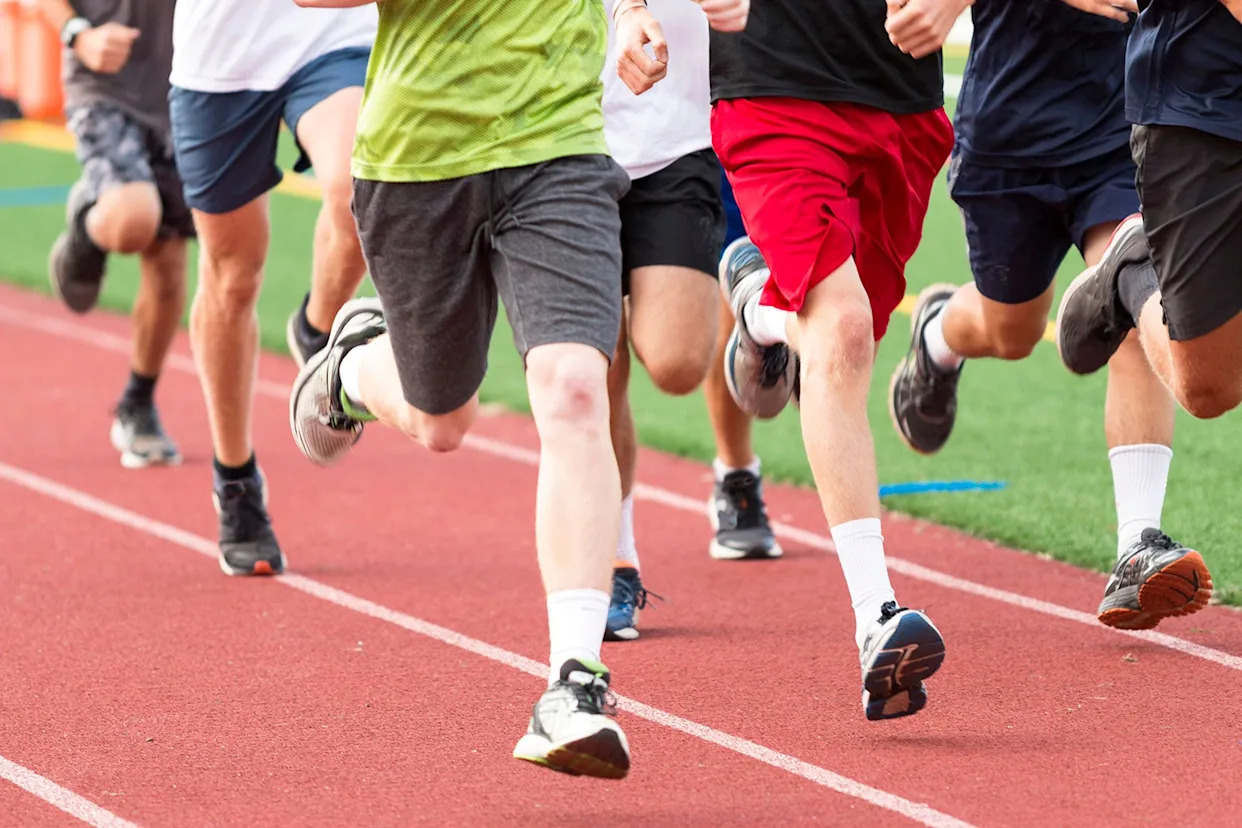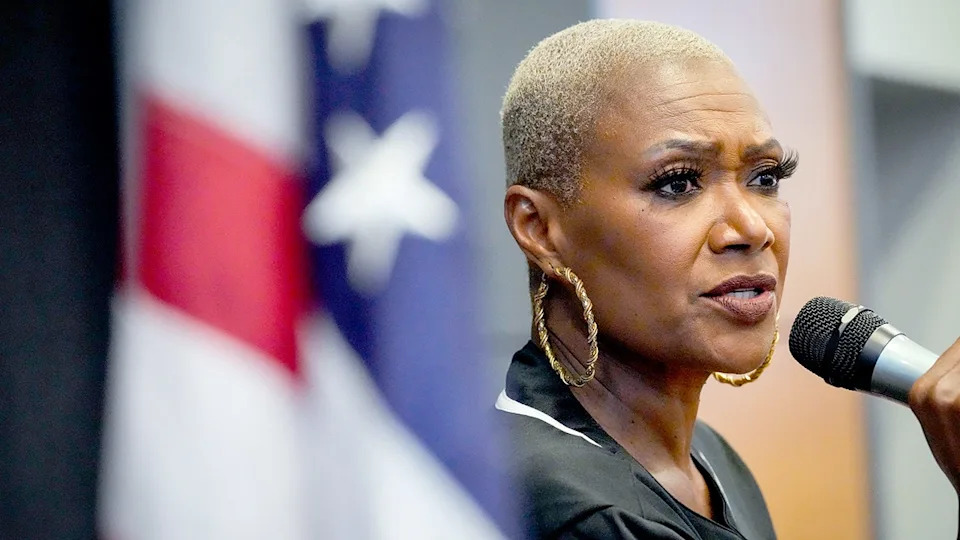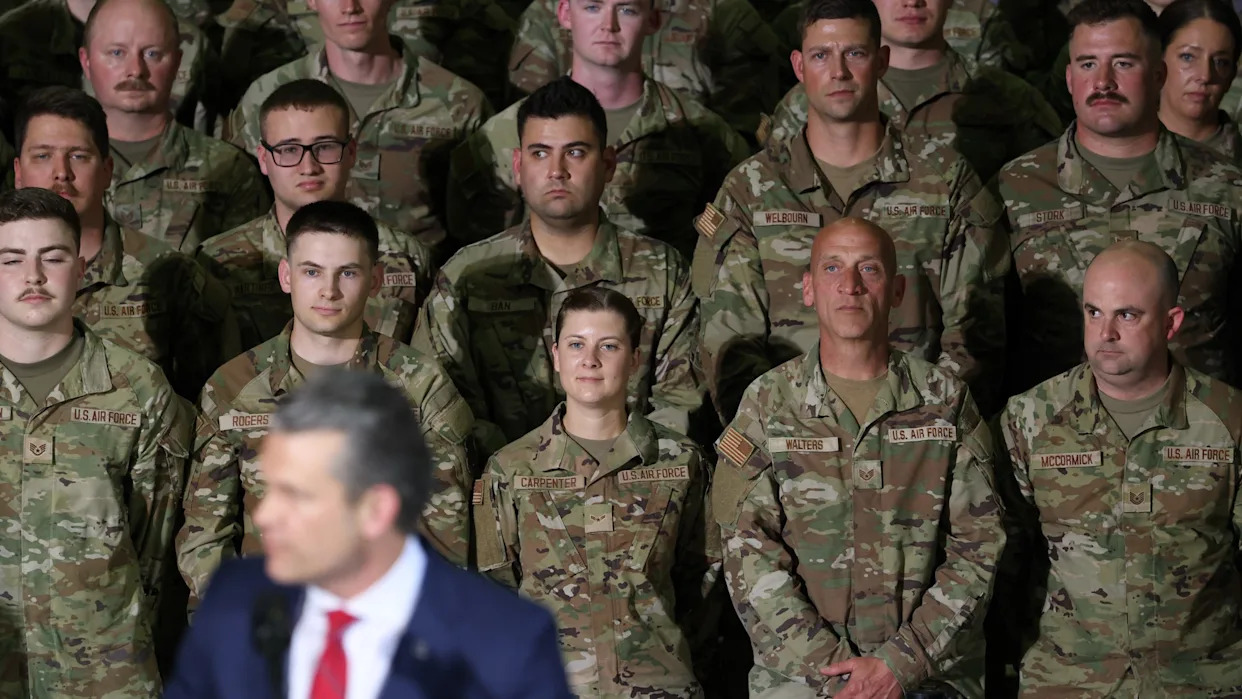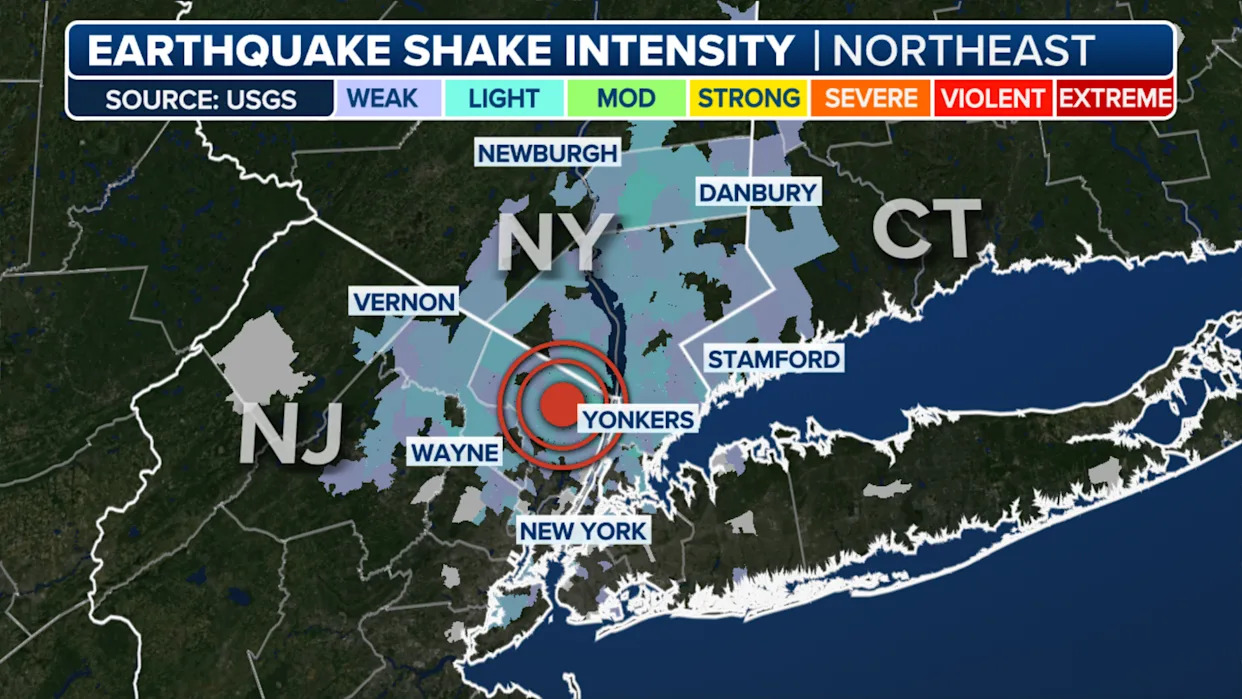
Sign up for the Slatest to get the most insightful analysis, criticism, and advice out there, delivered to your inbox daily.
On my parents’ refrigerator, a simple note hung for years. “Nice. Kind. Good Friend. Fast Runner,” it read. It was a collection of words my second grade classmates used to describe me, a relic of the 1990s self-esteem movement. That last phrase—Fast Runner—would set the course for my life.
This week, Donald Trump reintroduced the Presidential Fitness Test. Originally launched in the 1960s and put on ice during the Obama administration, it included a series of exercises designed to test a kid’s strength, endurance, and flexibility. Do enough pullups and crunches, run fast enough in the mile and shuttle run, and stretch far enough in the V-sit and reach, and you too could receive a Physical Fitness Award consisting of a certificate and patch. For many, the test evokes memories of dread and humiliation. But for others, like myself, it represented a chance.
Growing up, I loved sports but hadn’t found one to call my own. I was too skinny for football, not quite coordinated enough for baseball, and not tall enough for basketball. So when my second grade P.E. teacher, Mrs. Passmore, lined us up for 16 daunting laps around a makeshift dirt track, I wasn’t sure what to expect. A little less than seven minutes later, completely and utterly exhausted, I had two thoughts: That was hard and I’m really good at it. I’d run faster than not just everyone in my class, but everyone in my entire grade.
Our younger school years are a quest for significance and belonging. We are trying to find our spot. Some kids find their place as a math whiz or a great singer. For me, it was as a fast runner. That sliver of security in my identity ignited a passion. I went from being the fast kid in my grade school to the fastest teenager in the nation my senior year of high school, covering the same mile distance in 4 minutes, 1 second. And although my running career eventually stalled out, it paved the path toward my future professions: first in coaching, then in what I do now, writing books about the mental side of performance.
With the announcement of the return of the test, there has been a lot of consternation. The stories of feeling embarrassed or even traumatized are valid. But is the test itself the problem? We see the same anxiety when a student is called to the whiteboard to solve a math problem or asked to sing in music class. There’s not much that’s worse than being put in the spotlight, with all your peers watching, and falling short. But we don’t get rid of math tests or public performances because they’re hard and we may potentially fail. We don’t tell a student, “Well, Suzy hates algebra, and it’s hard for her, so let’s just let her stop.” No—we hire good teachers to help Suzy learn, find inspiration, and grow.
The problem isn’t the fitness test; it’s the environment around it. Many of us had teachers who created a space where it wasn’t OK to try and fail, and who provided no avenues for improvement. A fitness assessment can be designed to represent a wide range of abilities, just as track and field has the shot put for the strong and long-distance events for those with endurance. We don’t need a return to some ’60s-era school football coach cosplaying as a drill sergeant with an idea of survival of the fittest. But at the same time, we can’t ignore the fact that fitness matters and that even if there are no tests, P.E. classmates are going to realize that some among them are a bit slower, weaker, or less flexible. I may have dominated the mile, but I also had the worst performance in the sit-and-reach every year.
Instead of brushing off the reintroduction of an assessment that some of us look back on fondly, and others with disdain, we should see it as an opportunity to reimagine the country’s physical education. We have a childhood obesity crisis. Kids are in desperate need of more movement and outdoor activity. Research shows that exercise helps not only with physical and mental health but with our cognitive abilities.
A simple test won’t fix the state of American physical fitness, but it can spark a crucial conversation about the purpose of gym class. It starts with treating physical education like a real subject. Right now, only 15 percent of elementary students and 9 percent of middle school students are required to have at least three days of P.E. a week. And the class sizes can reach up to an unmanageable 75 students per teacher. What if, instead of treating P.E. as glorified babysitting, we made it a core part of the curriculum, a kind of lab that combines natural play and competition in a safe environment, led by quality teachers who instill a lifelong love of movement? This would mean offering a diverse sample of exercises and sports so every kid could find their “thing,” whether through competition or the pursuit of self-betterment.
That second grade mile run changed my life, but I know not everyone will have the same experience. What I do know is that our nation’s youth face a physical health crisis. Instead of arguing politics, maybe we should reverse the trend of treating physical education as an afterthought and give every kid a chance to discover their own version of being a fast runner.








Comments